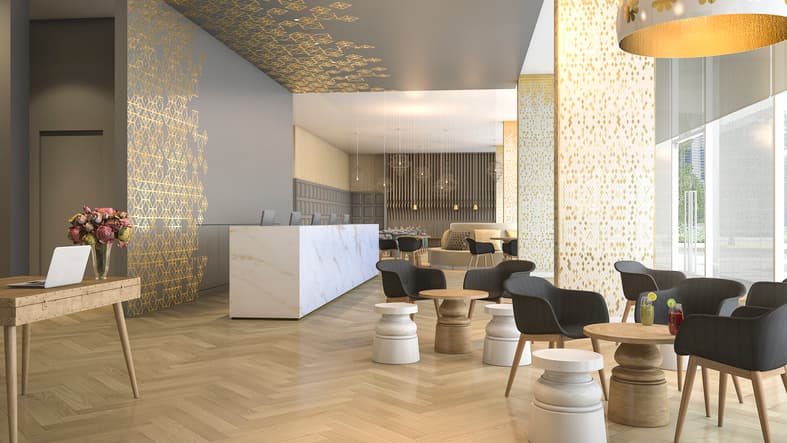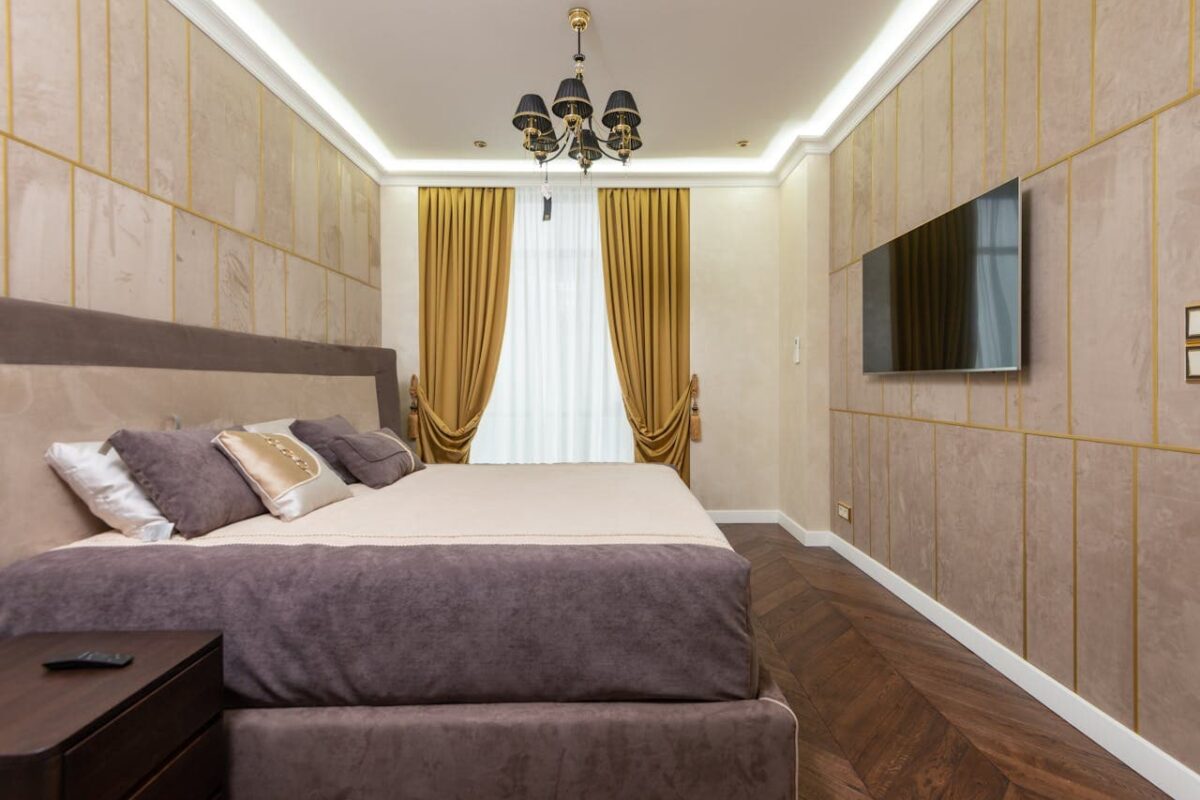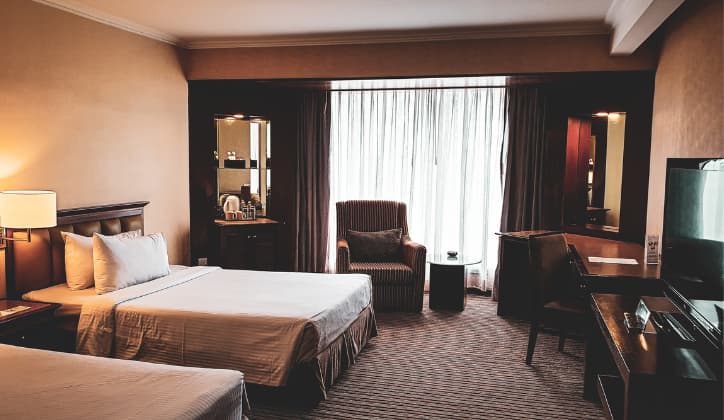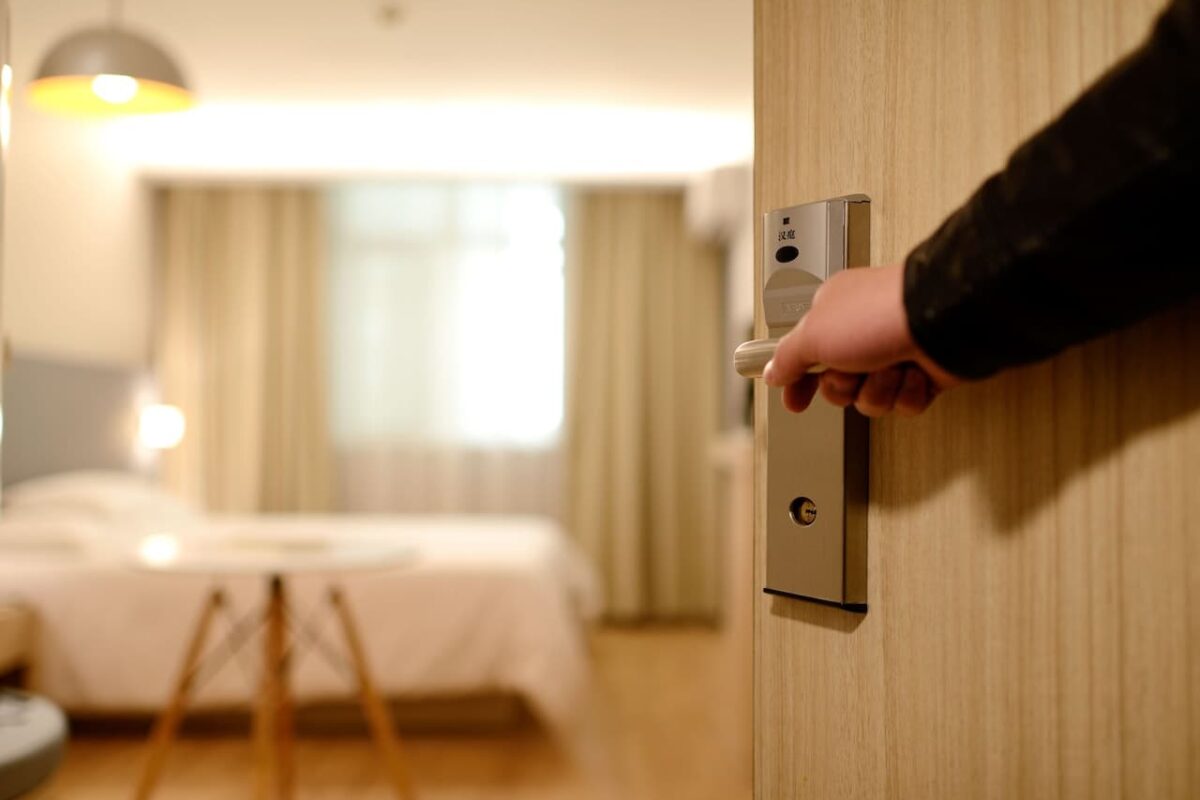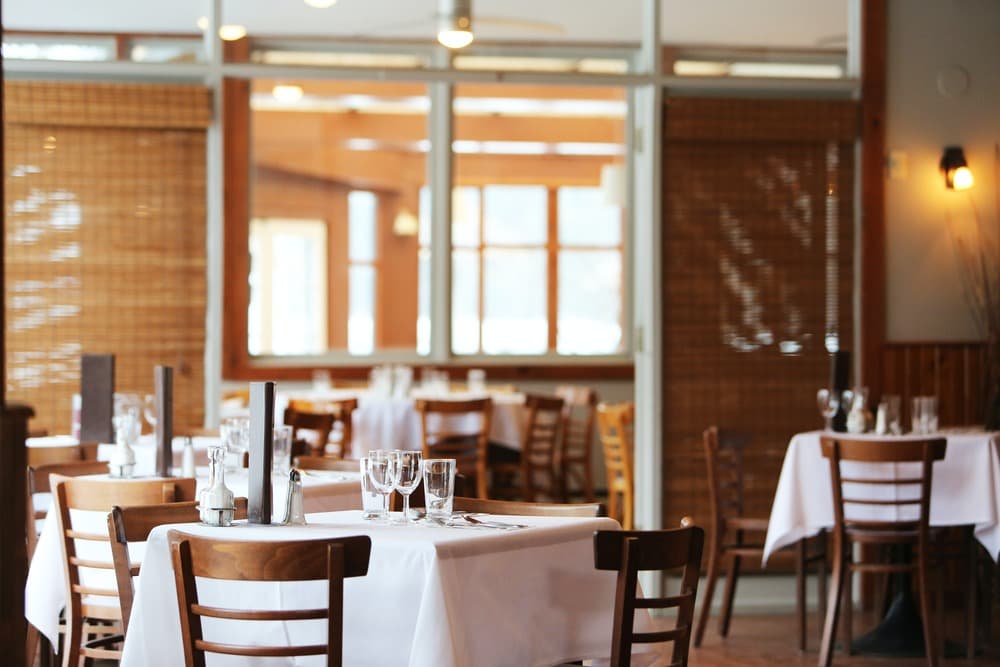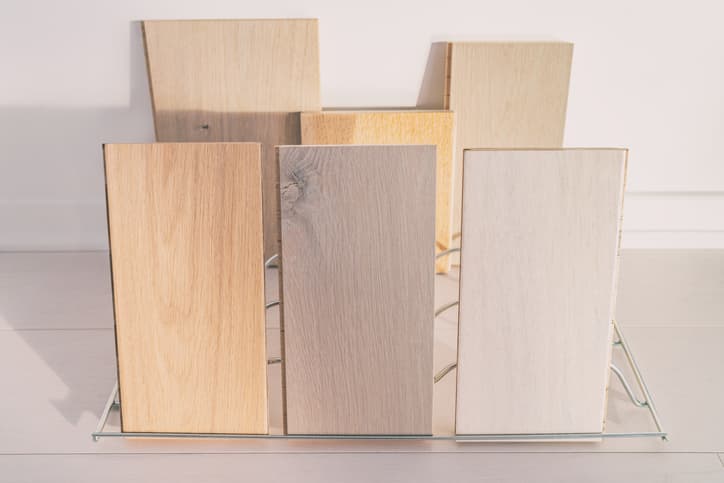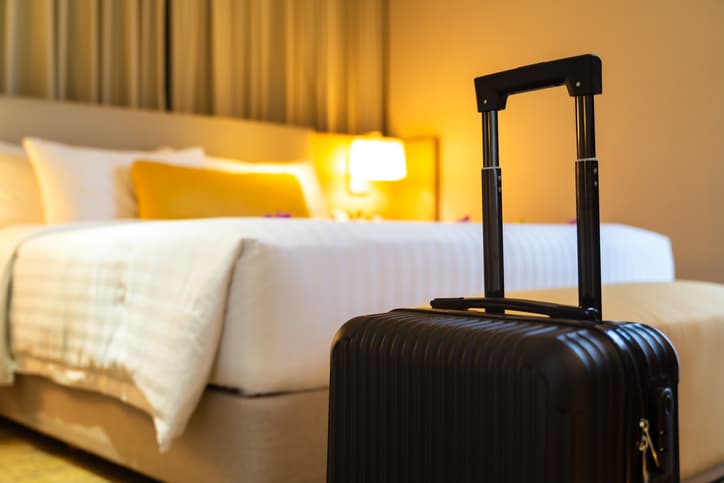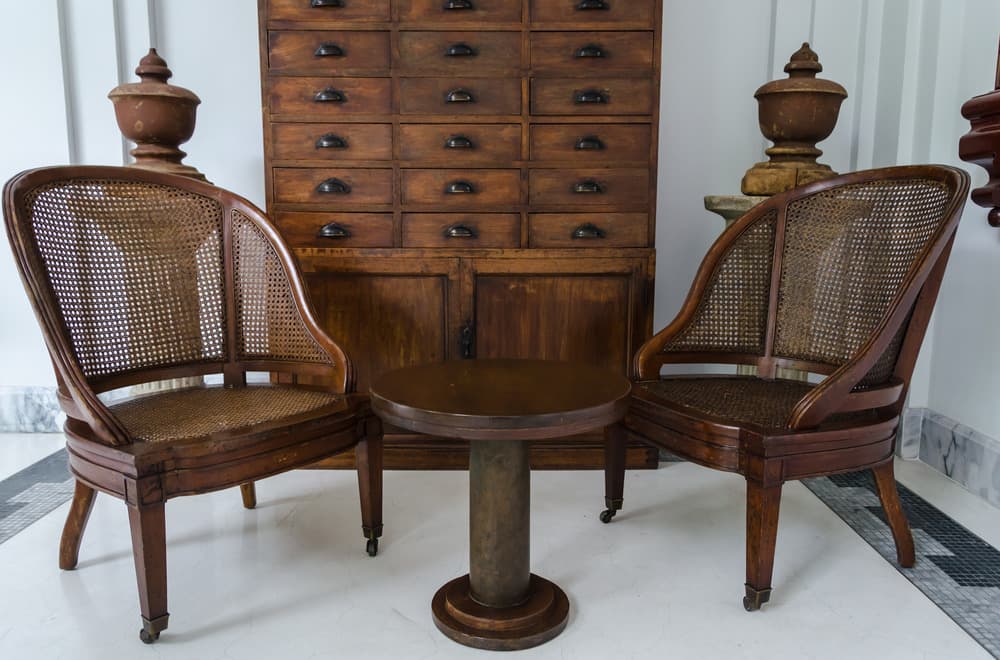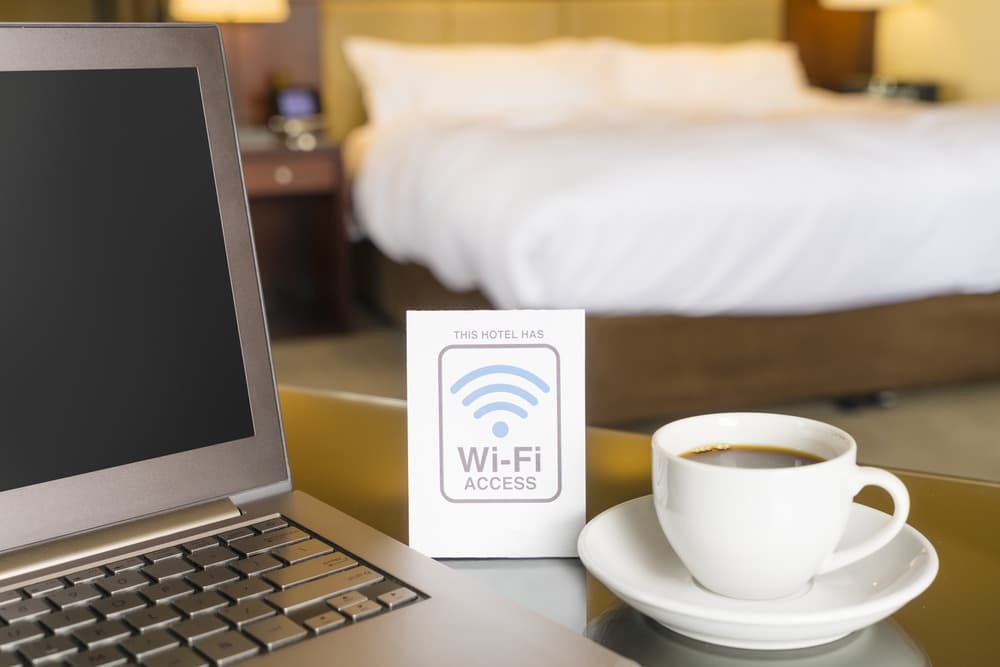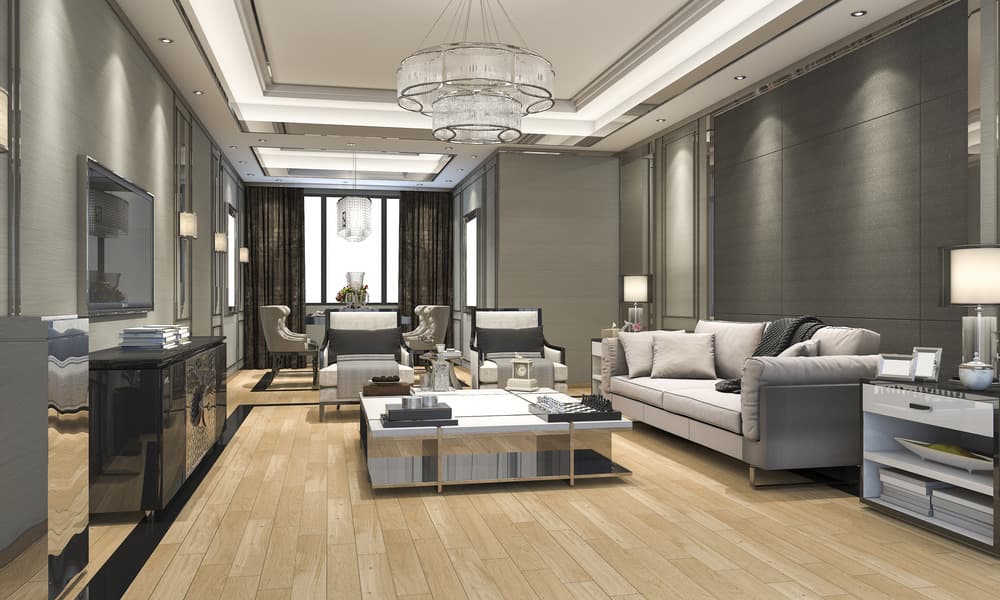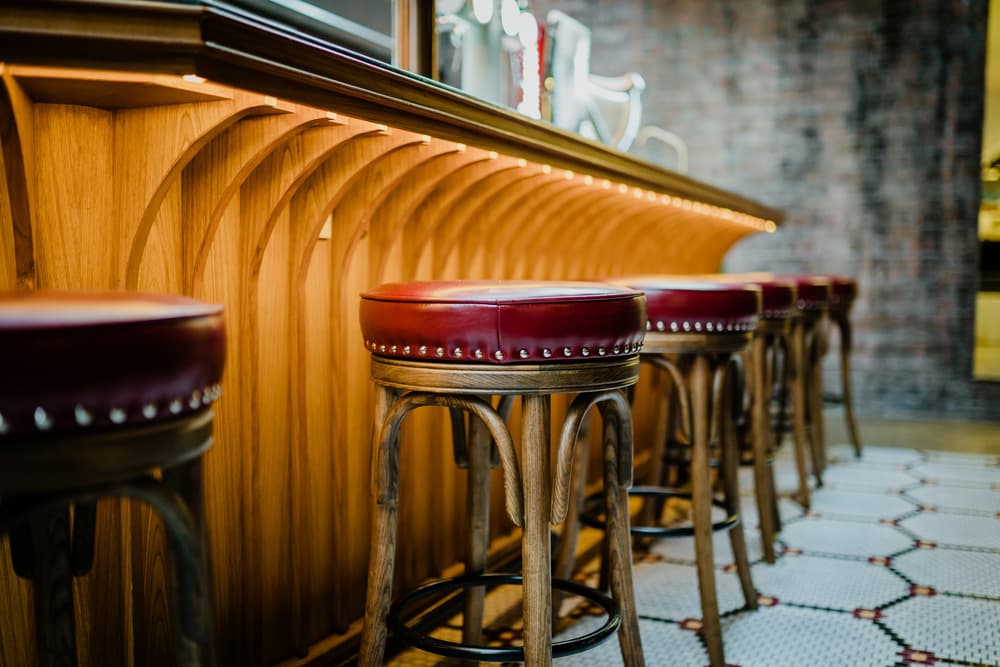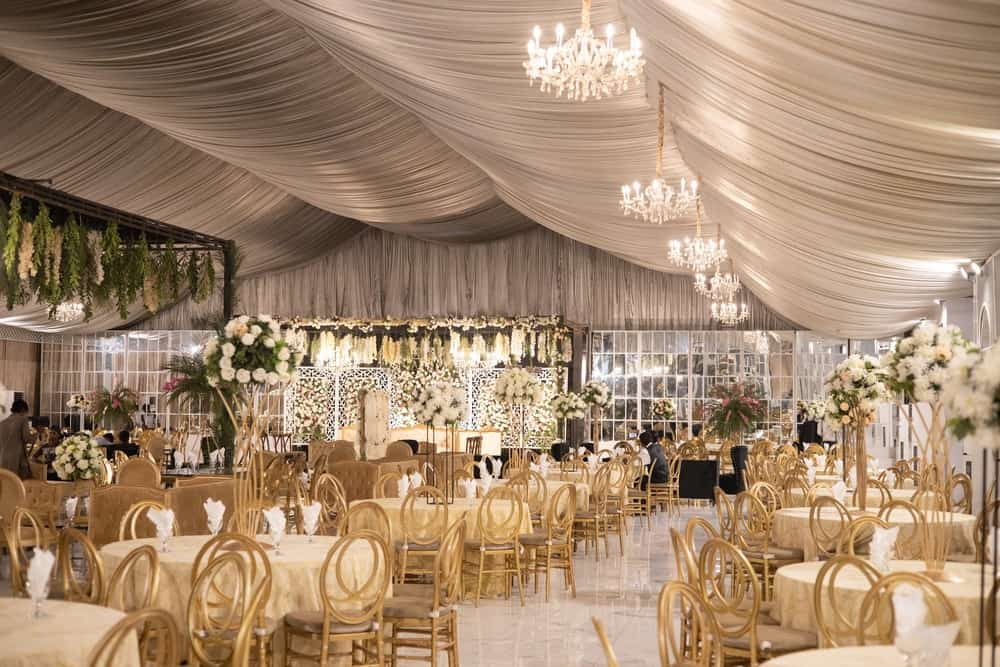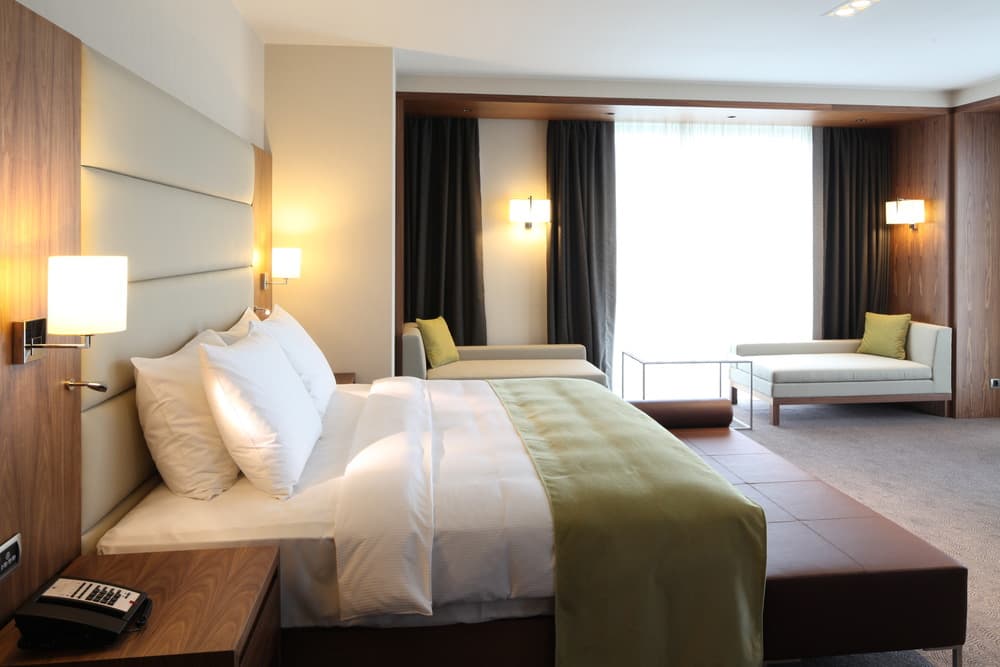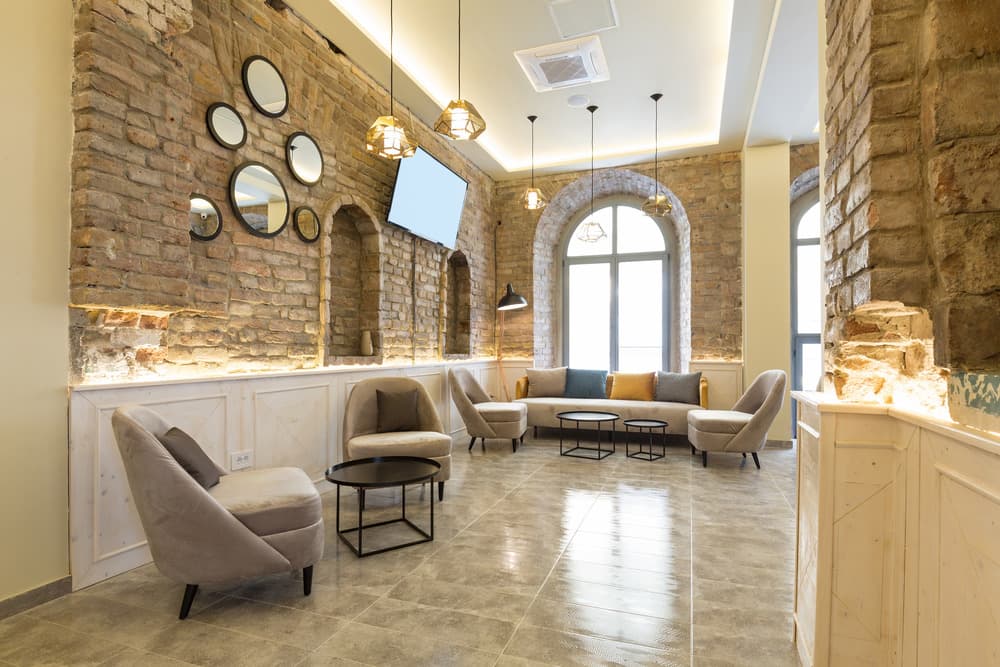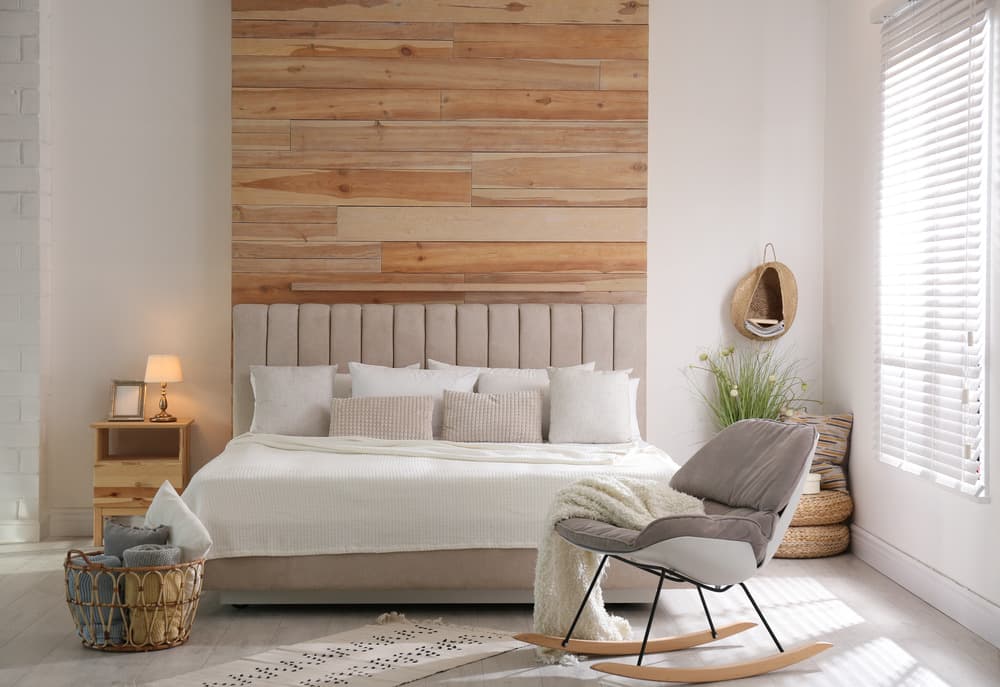
Choosing the Right Furniture: Tips for High-Traffic Hotel Areas
July 17, 2023
Upgrade Your Hotel Guest Room Furniture: Enhance Comfort and Style
August 21, 2023Table of Contents
ToggleHow do I make sure that my lobby design reflects the unique style of my hotel?
The lobby of a hotel serves as the first impression for guests, so it is crucial to ensure that it reflects the unique style and ambiance of your establishment. One of the key elements that contribute to the overall design of a lobby is the furniture. By selecting the right furniture pieces, you can create a cohesive and visually appealing space that aligns with the distinctive style of your hotel.
Here are some tips to help you make sure that your lobby design reflects the unique style of your hotel:
1. Understand your brand identity: Before selecting furniture for your lobby, it is essential to have a clear understanding of your hotel’s brand identity. Consider the overall theme, vibe, and target audience of your hotel. Is it modern and sleek, or does it have a more traditional and elegant feel? By having a clear vision of your brand, you can make informed decisions when selecting furniture that complements your unique style.
2. Create functional zones: The lobby should be a versatile space that caters to the various needs and preferences of your guests. Consider dividing the area into functional zones, such as a reception area, seating area, business center, or a refreshment corner. Each zone can have its own distinct furniture pieces that contribute to the overall style of the lobby while fulfilling its specific purpose.
3. Research lobby furniture manufacturers and hotel furniture suppliers: To ensure that your lobby design is truly unique, it is important to source furniture from reputable manufacturers and suppliers who specialize in hotel furniture. Look for suppliers that offer a wide range of furniture options, including customizable pieces that can be tailored to fit your specific design requirements. Check their portfolios and customer reviews to gauge the quality and durability of their products. Collaborating with experienced hotel furniture manufacturers and hotel furniture suppliers will ensure that you have access to high-quality, durable furniture solutions that will withstand the daily wear and tear of a hotel lobby.
4. Focus on comfort and durability: As the lobby is a high-traffic area, it is important to choose furniture that is not only visually appealing but also comfortable and durable. Opt for upholstered seating options with high-quality fabrics that are easy to clean and maintain. Additionally, choose materials that are resistant to stains, scratches, and fading, ensuring that your furniture remains in pristine condition for years to come.
5. Pay attention to details: Small details can make a big impact on the overall design of your lobby. Consider incorporating unique accents, such as decorative lighting fixtures, artwork, or plants, to add a touch of personality to the space. These details can help create a memorable and inviting atmosphere for your guests, enhancing their overall experience.
Designing an impressive lobby for your hotel requires careful consideration and attention to detail. By understanding your brand identity, creating functional zones, researching reputable manufacturers and suppliers, focusing on comfort and durability, and paying attention to details, you can create a lobby that reflects the unique style and ambiance of your hotel. Remember, the lobby serves as the first impression for your guests, so investing in high-quality, durable furniture is essential to create a positive and lasting impression.
How can I make sure my lobby design is practical and functional?
The lobby of a hotel is the first impression that guests have of your establishment. It sets the tone for their experience and can greatly influence their overall satisfaction. One crucial aspect of creating an inviting and functional lobby design is selecting the right furniture.
Here are some tips to ensure that your lobby design is practical and functional:
1. Define zones: Start by identifying the different functional zones within your lobby. These could include areas for check-in, seating, waiting, and socializing. This will help you determine the types and quantities of furniture needed for each zone.
2. Consider the flow: Think about how guests will move through the lobby. Ensure that there is ample space for them to navigate comfortably without any obstructions. Arrange your furniture in a way that encourages a smooth flow of traffic.
3. Choose durable materials: The lobby is a high-traffic area, so it’s essential to invest in furniture that can withstand constant use. Look for materials that are not only aesthetically pleasing but also durable and easy to clean. This will help minimize maintenance and replacement costs in the long run.
4. Optimize seating arrangements: Provide a variety of seating options to accommodate different guest preferences and needs. Include a mix of sofas, armchairs, benches, and stools to cater to individuals, couples, and groups. Consider adding tables or side tables for guests to place their belongings or beverages.
5. Pay attention to comfort: Comfort is paramount when it comes to lobby furniture. Choose seating with sufficient padding and support to ensure that guests can relax and feel at ease. Consider ergonomic designs that promote good posture and provide comfortable seating for extended periods.
6. Incorporate storage solutions: Guests often have luggage or carry-on items with them, so it’s important to provide convenient storage options. Consider incorporating built-in storage features such as shelves, cubbies, or lockers, or provide discreet storage furniture like ottomans or benches with hidden compartments.
7. Create a welcoming ambiance: The furniture you choose should enhance the overall ambiance and style of your hotel. Consider the color scheme, texture, and style of your lobby design and select furniture that complements these elements. Use lighting strategically to create a warm and inviting atmosphere.
8. Prioritize versatility: Choose furniture that can easily be reconfigured or rearranged to adapt to different events or gatherings. This will allow you to create flexible spaces that can accommodate various functions, such as meetings, social events, or casual lounging areas.

